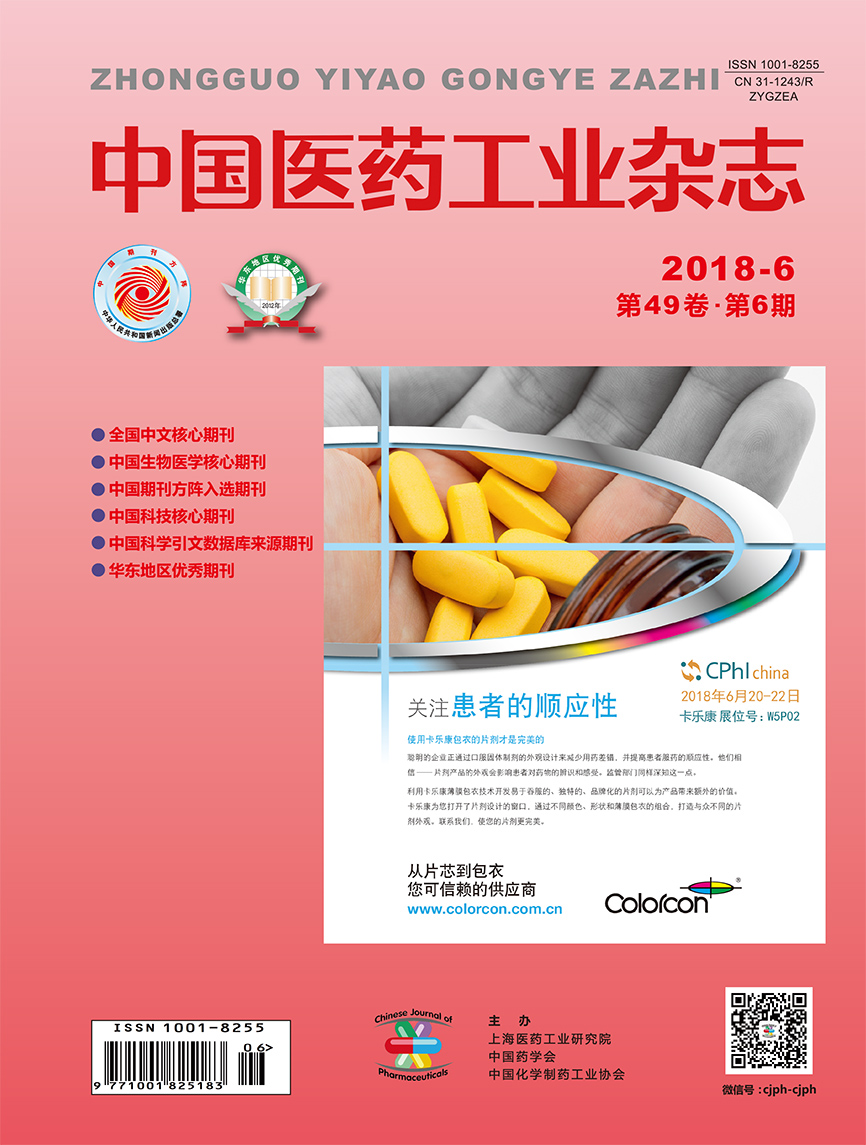Paper
YAN Xiuyun1, DING Bomei1, HU Qing1, CHENG Lifang1, CHEN Dawei1,2*
In this study, a T7 modified redox-sensitive polyamide amine (T7-PEG-SS-PAMAM, T7-PSSP) conjugate with potential for liver cancer targeting was constructed for pyruvate kinase M2 (PKM2)-siRNA delivery. 1H NMR was used to confirm the structural characters of the polymer. The particle size, polydispersity index and ζ potential of the T7-PSSP/siRNA complex were (119.8±0.76)nm, 0.19±0.12 and (8.92±0.38)mV, respectively. The results of agarose gel electrophoresis indicated that the carrier-gene complex had a good stability and could protect siRNA from RNase degradation. Flow cytometry quantitative analysis confirmed that the modification of T7 peptide could significantly increase the uptake of siRNA in HepG2 cells. According to the semi-quantitative analysis results, siRNA was rapidly released from the PSSP/siRNA complex under the action of glutathione reductant, indicating that the PSSP/siRNA complex could efficiently release the delivered siRNA in a reducing environment. Real-time fluorescence quantitative detection results showed that T7-PSSP/siRNA complex displayed the highest PKM2 gene transfection and silencing efficiency compared to the negative control and other complexes groups. The above results showed that this bifunctional siRNA delivery system, T7-PSSP/siRNA complex, had both tumor-targeted and redox-sensitive property, it could effectively release siRNA in the intracellular environment to enhance siRNA knockout effect, and thus could be used as a potential nanocarrier for efficient siRNA delivery.
